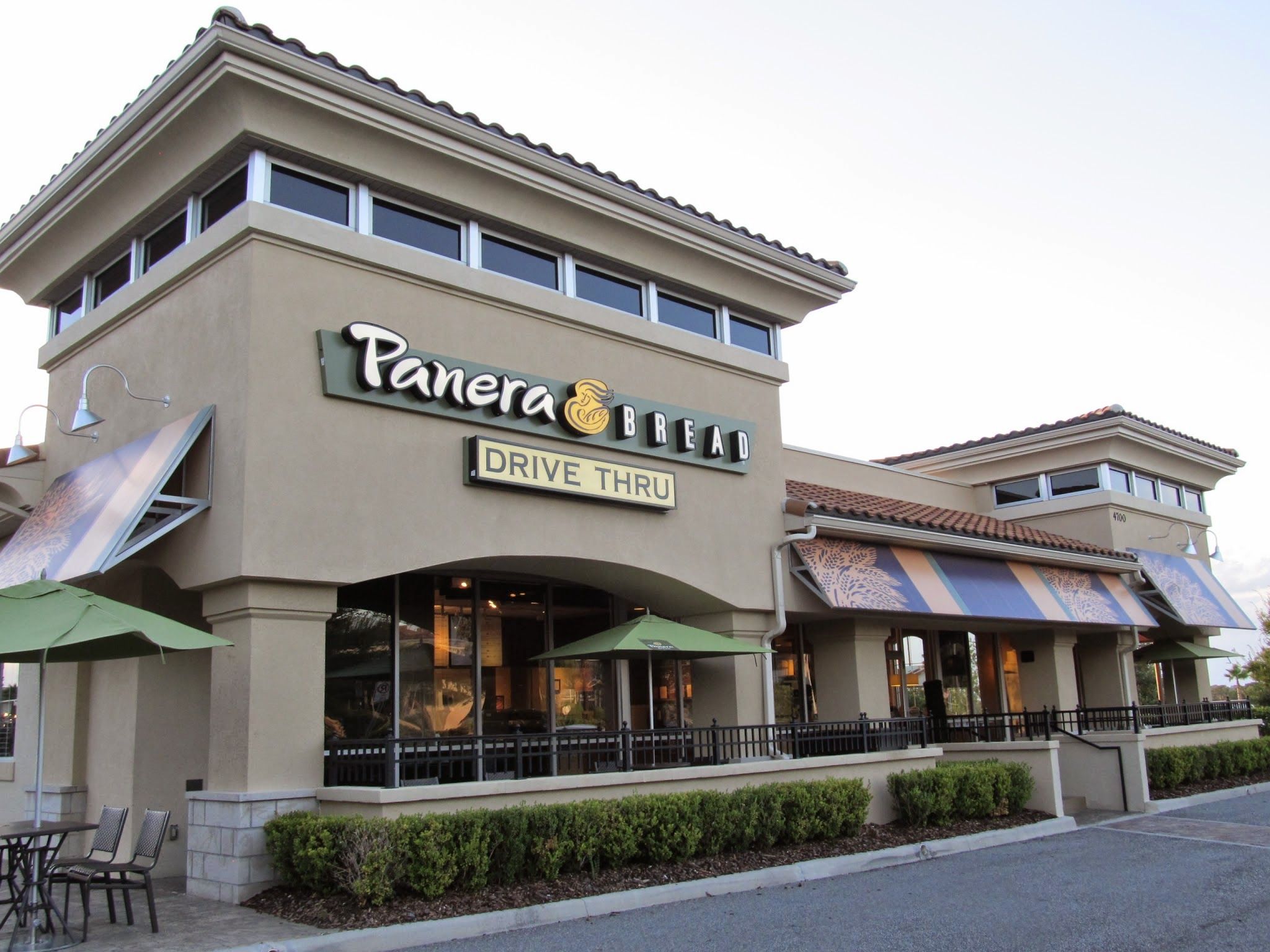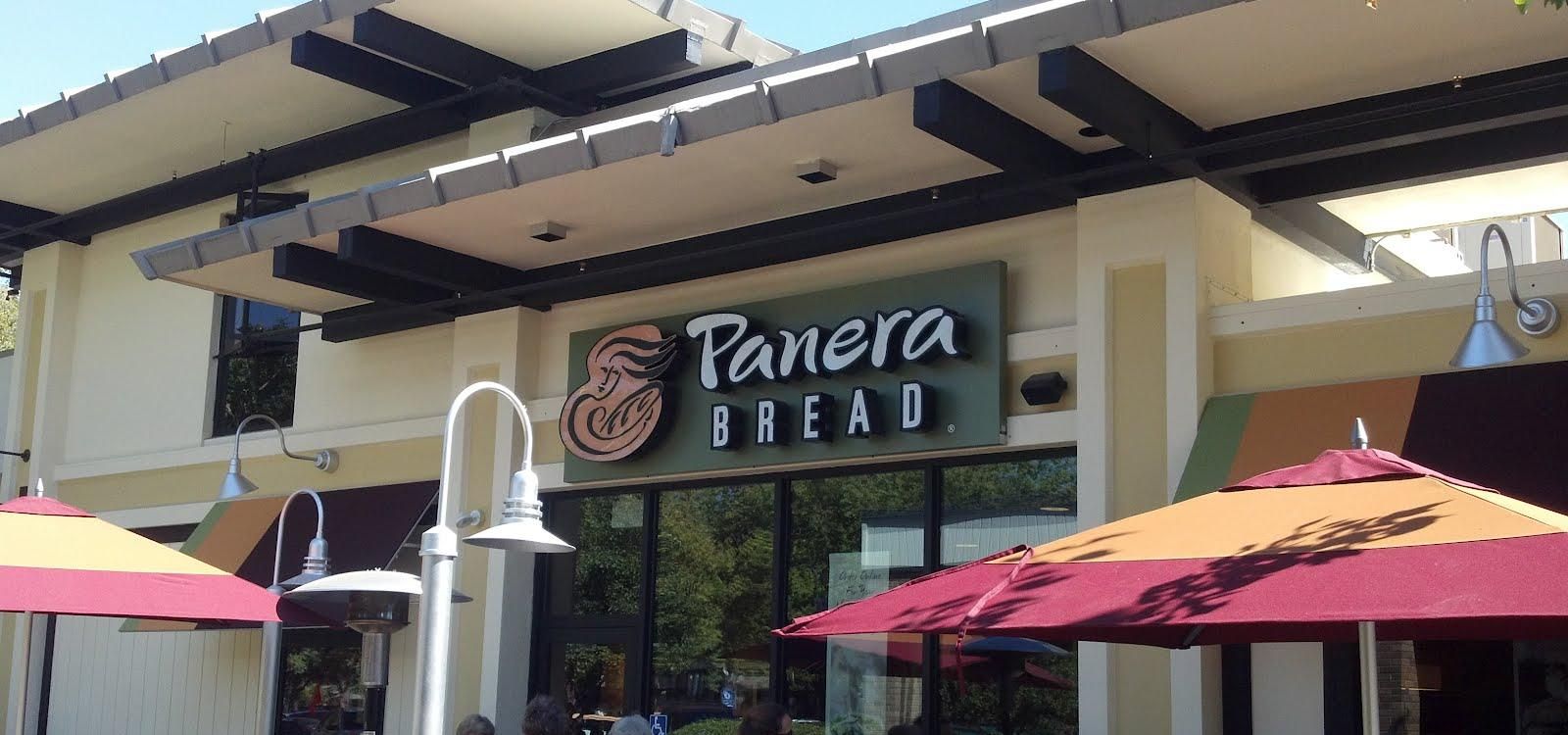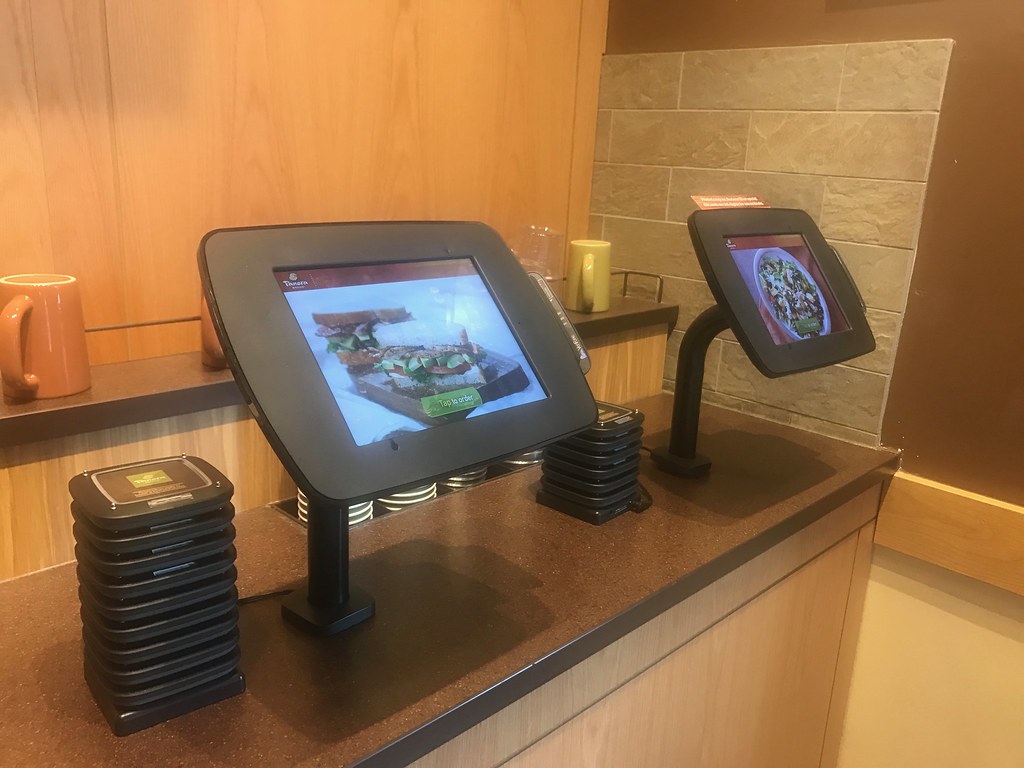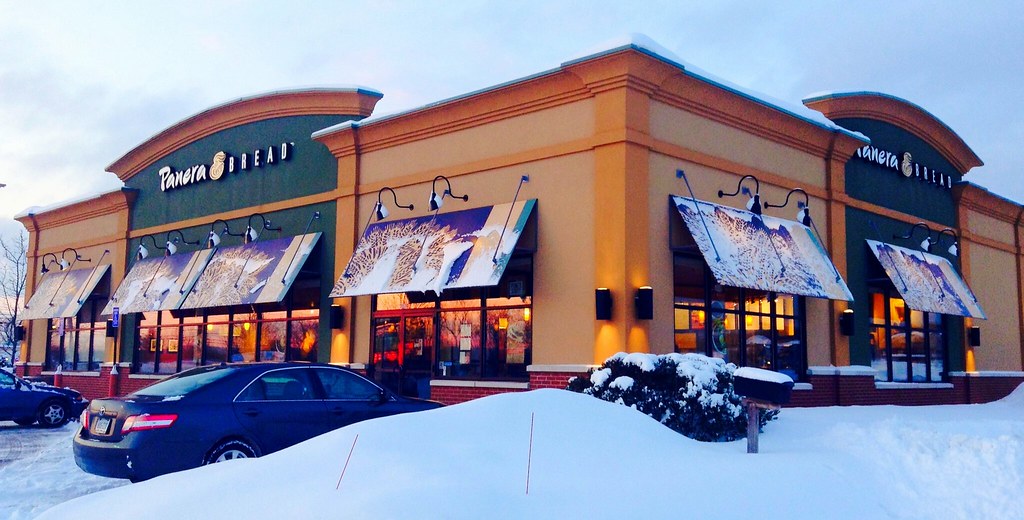
In the dynamic landscape of fast-casual dining, where convenience and individual preferences reign supreme, Panera Bread has long stood out as a beacon of innovation. The company, known for its commitment to freshly baked bread and wholesome ingredients, is now embarking on its next major technological leap, poised to redefine the customer experience once more. This bold stride involves integrating cutting-edge artificial intelligence, extending its impressive digital ecosystem to offer an unprecedented level of personalized ordering.
Beginning August 29, 2022, Panera Bread commenced testing AI technology within its drive-thru lanes, marking a pivotal moment in its ongoing endeavor to enhance the guest experience. This initiative, supported by OpenCity, introduces their proprietary voice AI ordering technology, aptly named “Tori,” to select bakery-cafes. The primary goal is to significantly maximize efficiency and increase the speed of orders, addressing a core demand of today’s busy consumers.
Guests at Panera Bread cafes located in Greece, NY (800 Greece Ridge Center Dr) and Webster, NY (935 Holt Rd) are among the very first to encounter this drive-thru innovation. Tori, seamlessly integrated at these locations, will efficiently take orders at the drive-thru speaker, operating much like a human associate. Panera associates remain on standby, ready to assist or troubleshoot any issues that may arise, ensuring a smooth transition for both customers and staff.
After placing their order with Tori, drive-thru guests simply pull up to the window to pay a Panera associate for their chosen menu items. The strategic implementation of this AI technology is expected to yield substantial benefits, including reduced wait times and enhanced order accuracy. Moreover, it thoughtfully empowers associates to dedicate more of their valuable time and focus to the fresh preparation of guests’ orders, a cornerstone of the Panera experience.

Debbie Roberts, EVP and Chief Operating Officer for Panera Bread, articulated the company’s vision, stating, “At Panera, improving our guest experience is always our priority and we are using this innovative technology to help enable a faster, more accurate order for each of our drive-thru guests.” She further emphasized the company’s excitement for the future, adding, “The potential of AI drive-thru technology is incredibly exciting for us – we are eager to evaluate the performance of these tests and the possibility of expanding this technology in additional bakery-cafes.” This statement clearly signals Panera’s commitment to exploring and scaling advanced technological solutions.
This foray into AI-driven drive-thru services is not an isolated experiment but rather a natural evolution of Panera’s long-standing dedication to digital transformation. The roots of this technological pioneering stretch back to 2014, with the launch of its ambitious “Panera 2.0” initiative. This multi-million dollar investment fundamentally redefined how customers interacted with the brand, placing self-service kiosks at the very heart of this digital overhaul.
Before this revolutionary shift, Panera, despite its immense popularity, grappled with a common and vexing issue in the fast-casual sector: prolonged lines and unacceptably long wait times, particularly during peak lunch hours. These “friction points” often led to customer frustration, with research indicating that a queue of just five people could deter 57% of potential customers. When a line extended to ten people, a staggering 91% of patrons were likely to seek alternatives elsewhere.
Panera recognized that to sustain its growth and maintain its competitive edge, it required a transformative solution that transcended merely adding more staff. This realization paved the way for Panera 2.0, a comprehensive digital revolution that positioned the company well ahead of many competitors, including industry giants like McDonald’s, which later followed suit with their own widespread digital changes.

A central pillar of Panera 2.0 was the introduction of self-service kiosks, innovative touch-screen tablets that empowered customers to place and pay for their orders independently. Beyond these interactive kiosks, the initiative also encompassed Rapid Pick-Up, allowing guests to order online or via the app and collect their food from a dedicated shelf upon arrival. Seamless mobile app and website ordering, deeply integrated with the popular MyPanera rewards program, further enhances convenience.
Crucially, Panera 2.0 extended its upgrades behind the scenes, implementing new kitchen screens to accelerate food preparation and establishing a centralized system for phone orders. Perhaps most notably, Panera strategically reallocated its workforce, even adding staff, by shifting roles from order-taking to crucial tasks like food delivery and direct customer assistance. This innovative approach significantly elevated the overall quality of service, ensuring human connection remained paramount.
The overarching vision behind Panera 2.0 was multifaceted: to drastically reduce customer hassle, improve order accuracy, and lay a robust foundation for truly personalized dining experiences. To further optimize service flow, the company even began segmenting “to-go” customers from “eat-in” guests, ensuring that every patron received prompt and tailored service. This holistic approach aimed to eliminate friction at every touchpoint.

The strategic adoption of self-service kiosks, partnered with Lilitab for hardware and system deployment, was instrumental in this transformation. Lilitab, a global leader in tablet kiosks, assisted Panera in deploying a custom-designed tablet kiosk system across more than 2,000 locations nationwide. The immediate and sustained benefits of this expansive rollout were nothing short of remarkable, fundamentally altering the customer experience.
One of the most immediate and appreciated improvements was the dramatic reduction in customer wait times. Before the kiosks, average wait times often stretched to eight minutes or more. Post-implementation, this figure plummeted to a minute or less, a significant achievement in the fast-casual segment. Customers now enjoy the flexibility of choosing between ordering at the traditional register or utilizing the user-friendly self-service tablet kiosks for a swift and convenient experience.
Beyond just speed, the self-service kiosks introduced a new dimension of personalization and control for Panera’s guests. Customers could now browse the menu at their leisure, customizing their orders precisely to their liking. The ease of payment, integrated directly into the kiosk system, further streamlined the process. Importantly, these kiosks are seamlessly linked to the MyPanera rewards program, which boasts over 50 million members, allowing them to remember past orders and individual preferences. This memory function makes reordering remarkably simple and efficient.
The kiosks also act as tireless sales associates, consistently prompting customers with add-on suggestions for items like drinks or desserts, a task human cashiers might occasionally overlook. This subtle yet effective form of ‘customization suggestion’ is data-driven, enhancing the overall order value. The data is clear: tablet ordering increases average ticket sales, as customers can take their time browsing enticing pictures and making impulse upgrades with a simple click.

An interesting psychological benefit of kiosk ordering is the degree of anonymity it offers. If a customer wishes to indulge a little or opt for a larger size, the kiosk provides a judgment-free ordering environment, making it easier to supersize an order without hesitation. Research indicates that customers ordering through self-service kiosks tend to spend more on average, and a compelling 60% of restaurant customers reported visiting more often when kiosks were available.
This enhanced level of service and convenience translated directly into increased customer satisfaction and loyalty. Patrons who utilized the kiosks reported higher satisfaction levels. Even more tellingly, customers who embraced kiosks visited Panera 12% more often after just one year. For those who further adopted Rapid Pick-Up in conjunction with kiosks, their visit frequency astonishingly jumped by 45%. This powerful correlation underscores how convenience, speed, and personalization cultivate enduring customer loyalty.
The digital transformation wasn’t solely about enhancing the customer journey; it delivered substantial and quantifiable benefits to Panera’s bottom line. The improved efficiency and accuracy resulting from kiosk automation were significant, leading to a notable 20% reduction in order mistakes that often occur with manual input. By strategically redeploying staff from traditional register roles to more service-oriented positions like food delivery, Panera optimized its workforce, enhancing overall operational flow.

Financially, the impact was profound. Kiosks alone contributed to 15% of sales in the bakery-cafes where they were available. The broader digital platform, encompassing all online and app ordering, boosted digital sales by an impressive 28%. By late 2022, digital orders constituted half of Panera’s total sales, a testament to the success of their strategic investments. This strong performance generated a 10% return for investors, demonstrating a solid return on the significant initial investment in Panera 2.0.
No transformative undertaking of this magnitude is without its challenges, and Panera’s digital journey was no exception. One primary concern was maintaining the brand’s signature “Panera warmth” in an environment with reduced direct interaction at the counter. Panera proactively addressed this by reassigning staff to focus on delivering food directly to tables and providing assistance to customers, ensuring that human connection remained a vital component of the dining experience.
Technical glitches, an inevitable part of deploying a complex new system, also presented hurdles. Issues like incorrect orders or communication problems between the app and the in-store systems occasionally arose. Panera responded by establishing a dedicated help desk and continuously refining its systems, demonstrating an unwavering commitment to operational excellence. Addressing employee concerns about job security was also paramount. Panera communicated transparently that the digital platform actually necessitated more workers overall, albeit in different, evolving roles. Employees were provided with comprehensive training for these new service-oriented tasks, fostering adaptation rather than displacement.
Furthermore, the physical limitations of some older cafe designs posed challenges, leading to bottlenecks as digital order volumes surged. Panera responded by developing new store formats specifically optimized to handle the increased digital order flow, ensuring that infrastructure kept pace with technological advancements. This proactive adaptation highlights Panera’s agility in evolving its physical spaces to complement its digital strategy.

Panera Bread’s enduring philosophy, established 30 years ago, continues to guide its innovations. At a time when quick service was synonymous with low quality, Panera set out to challenge this expectation, believing that good food, which guests could feel good about, served in a welcoming environment by caring individuals, could truly bring out the best in everyone. This belief in “food as it should be” started with a simple commitment to bake bread fresh every day in its bakery-cafes, with any unsold goods shared with neighbors in need.
This commitment to wellness remains central to Panera’s identity today. The company meticulously crafts a menu of soups, salads, and sandwiches that its team is proud to feed their own families, featuring ingredients like poultry and pork raised without antibiotics. A dedication to transparency, seasonal flavors, and whole grains, coupled with a commitment to exclude artificial preservatives, sweeteners, flavors, and colors from artificial sources as listed on their “No-No list,” reinforces their belief that simpler is better. Panera continuously strives to be an ally for wellness, ensuring guests don’t have to compromise to eat well, leaving only the joy of eating.
As of July 26, 2022, Panera Bread operated 2,116 bakery-cafes, both company-owned and franchised, across 48 states and in Ontario, Canada, under the Panera Bread® or Saint Louis Bread Co.® names. As part of Panera Brands, one of the largest fast-casual restaurant companies in the U.S., which also includes Caribou Coffee® and Einstein Bros.® Bagels, Panera is strategically positioned for continued leadership and growth.
Panera’s robust suite of tech-forward ordering options extends beyond kiosks and drive-thru AI. It includes Contactless Dine-In, Curbside, Rapid Pick-Up®, and Delivery, all designed to give guests unparalleled flexibility to order their Panera favorites precisely when and how they desire. This omnichannel approach ensures that convenience is always at the forefront of the customer experience, aligning with modern consumer expectations.

The journey of digital leadership for Panera is far from over. The company continues to innovate, as evidenced by new urban “Panera To Go” formats, which are smaller and specifically designed for efficient pick-up and delivery. Looking further ahead, Panera is actively exploring the vast potential of Artificial Intelligence for a range of operational tasks. This includes optimizing inventory management, enhancing staff scheduling, and even advancing to automated coffee brewing, all of which indirectly contribute to a more seamless and personalized guest experience by improving underlying operations.
Compared to other fast-food giants like McDonald’s and Shake Shack, which have also found great success with kiosk implementations, Panera was an early and decisive pioneer in this space. Their distinctive strategy has been to integrate technology not as a complete replacement for human interaction but as a powerful enhancement to the customer experience. This careful balance ensures that the efficiency of technology synergizes with the warmth and personalized service that Panera customers value.
Panera Bread’s sustained journey with self-service kiosks and its latest embrace of AI for drive-thru operations stand as a compelling testament to the power of strategic digital transformation. By proactively tackling “friction points” and continually investing in innovation, Panera has not only streamlined ordering and improved accuracy but also fostered a more personalized and engaging experience for its millions of customers. This progressive approach has catalyzed increased satisfaction, encouraged more frequent visits, and demonstrably strengthened the company’s financial performance.
The evolution of kiosks from a novelty to a must-have asset within the industry, as highlighted by Panera’s success, underscores a critical shift in consumer preference. The ability of these digital tools to remember preferences, suggest add-ons, and process orders swiftly creates an environment where customers feel both valued and efficiently served. These aren’t merely machines; they are integral components of Panera’s sophisticated, omnichannel strategy, solidifying its position as an undisputed leader in the highly competitive fast-casual arena. Panera’s ongoing commitment to digital evolution ensures its continued adaptability and thriving presence in a rapidly changing world, shaping the future of dining one personalized interaction at a time.



